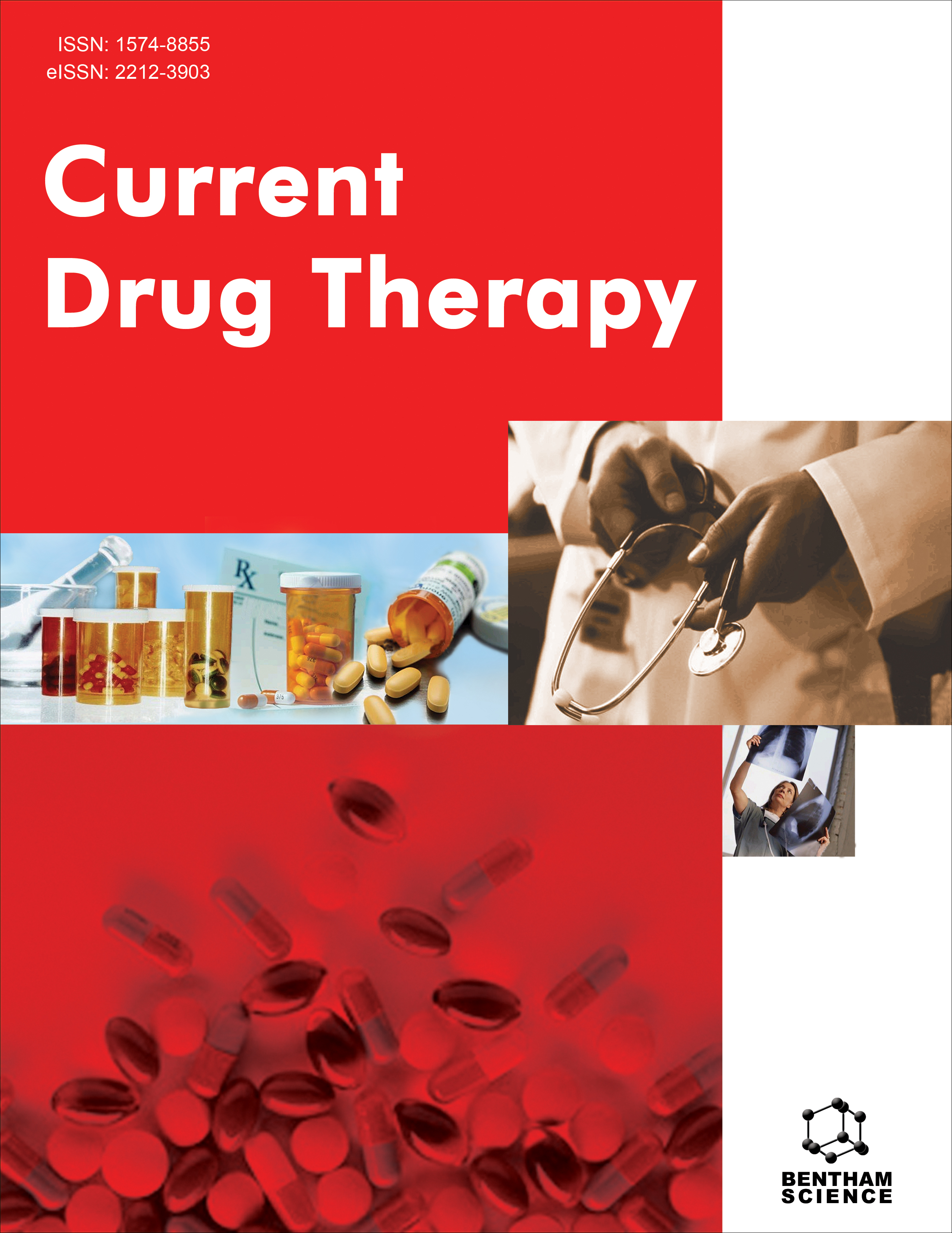
Full text loading...
We use cookies to track usage and preferences.I Understand
Globally, lung cancer ranks among the most frequent forms of tumor. The survival rate for people suffering from lung tumors after five years is only 20%, despite novel treatment options such as immunotherapy. Current therapies cause severe off-target effects and acquired drug resistance to explain the low survival rate. Identifying and developing new therapeutic approaches for lung cancer patients is crucial to improving the standard of care. As a result of the study, we researched clinical trials and experiments in fundamental research, and new approaches to drug delivery including adenoviruses, nanoparticles, and proteolysis-targeting chimeras (PROTACs). Several approaches can now be applied directly to lung cancer to prevent disease progression, including phosphatases, targeting protein kinases, protein modifications and ubiquitin ligases. In addition, the recent approval of Ribonucleic acid (RNA) based vaccines based on lipid nanoparticle technology has made it possible to improve current lung cancer treatments by combining chemo- and immunotherapies. This review emphasises recent advancements in pharmaceutical research aimed at developing technologies to target post-translational modifications in lung tumorigenesis. Elucidation of various scientific advances in conjunction with encouraging findings concerning therapies available, the future perspectives and challenges of nanocarriers for effective lung cancer are also presented in this article.

Article metrics loading...

Full text loading...
References


Data & Media loading...

